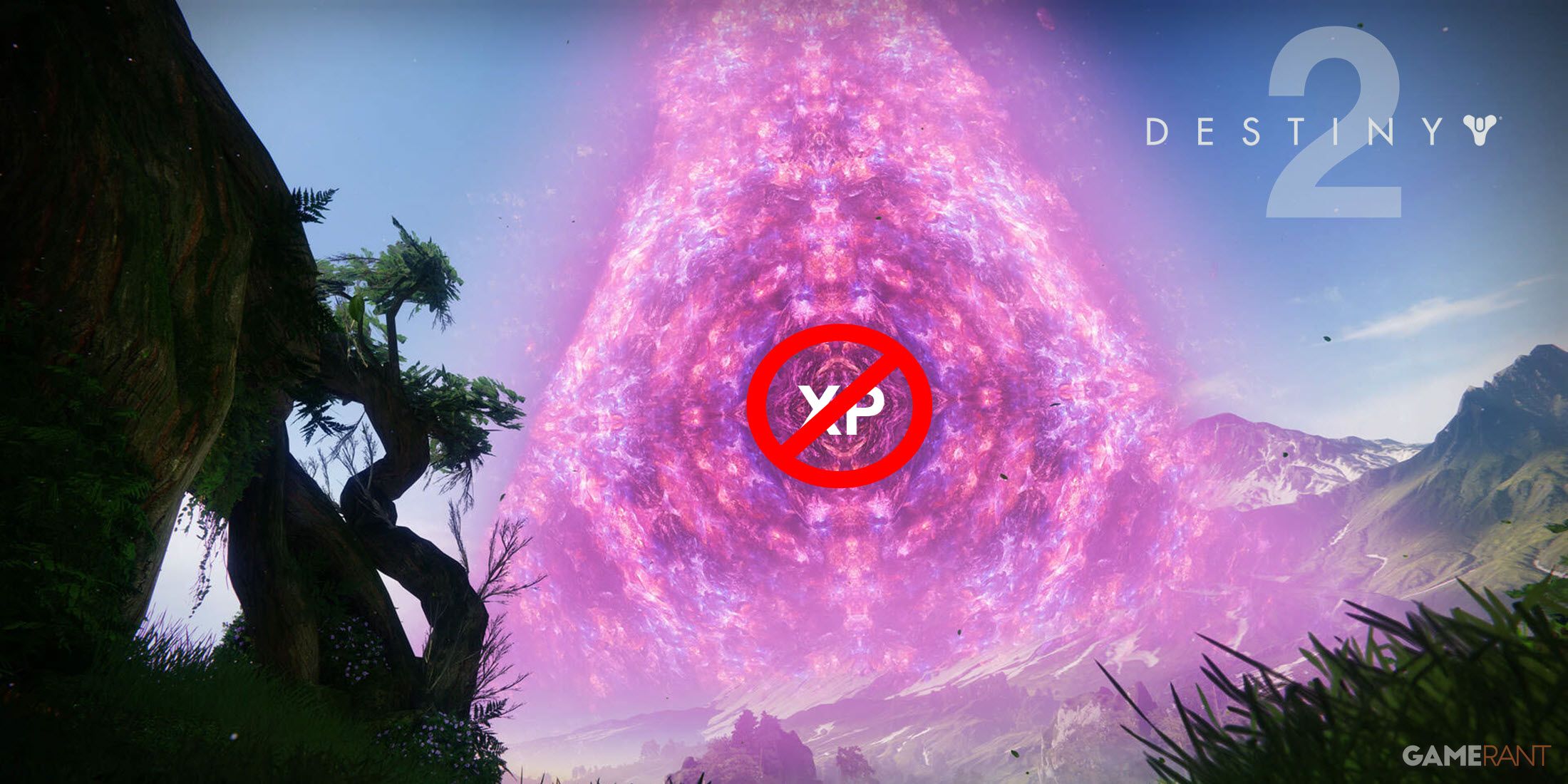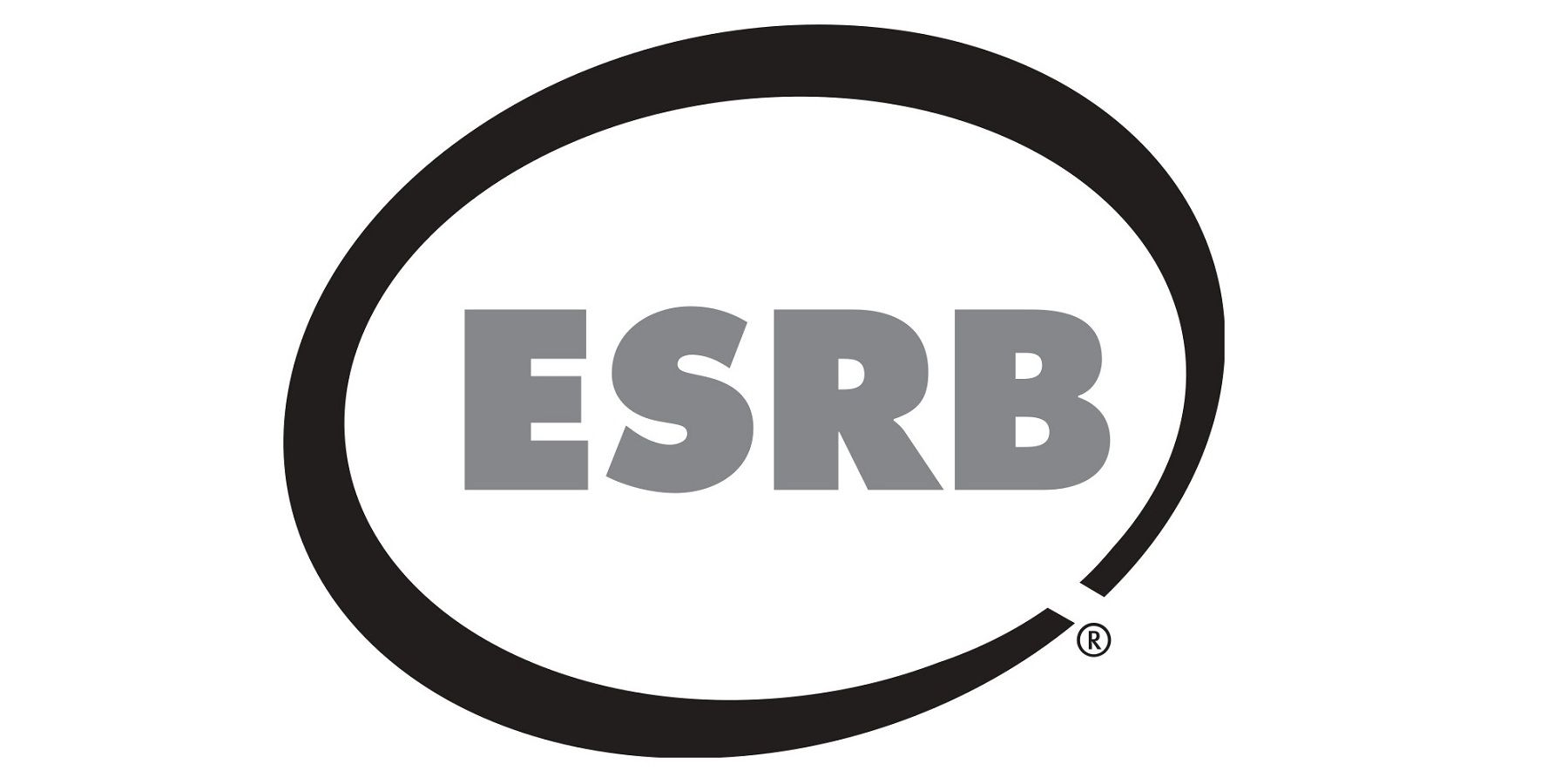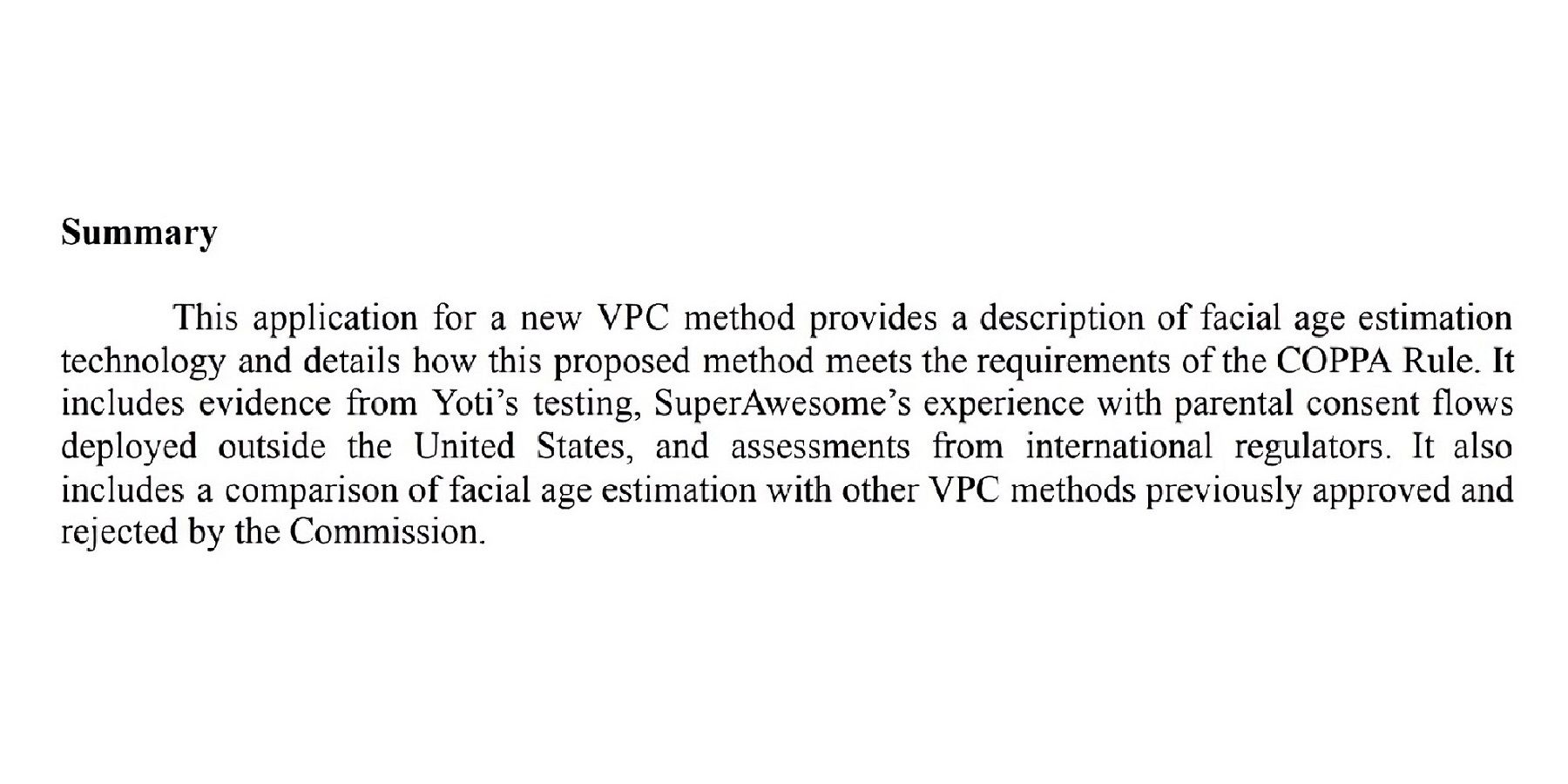[UPDATE: A prior version of this article conflated the use of Facial Age Estimation technology with that of Facial Recognition technology. This has been updated throughout the article.]
The Entertainment Software Ratings Board, or ESRB, appears to be looking at ways to leverage Facial Age Estimation technology to allow gamers access to mature-rated video games. The ESRB's proposition was recently sent to the Federal Trade Commission for green lighting, and the relevant document includes a fairly in-depth overview of how the technology would work in practice.
In short, Facial Age Estimation uses computer vision and machine learning tech to estimate an age based on an analysis of patterns by converting a facial image into numbers and running it against a trained data set. As it stands, it means comparing raw numbers to estimate an age instead of using something like Facial Recognition technology, which seeks to identify a specific person based on a photo and pairs that to a database that has unique, identifying information.
GamesIndustry.biz spotted that the ESRB submitted a proposal to the FTC in collaboration with SuperAwesome, an Epic Games subsidiary, and Yoti, a firm that specializes in digital identity solutions, citing the possibility of using facial age estimation technology to block minors from accessing mature-rated media. According to the proposal, Yoti and SuperAwesome's Privacy-Protective Facial Age Estimation tech can accurately determine a person's age up to 99.9%, thus making sure that the ESRB's ratings could be enforced. Furthermore, this technology would be up to the developers and/or parents in the application and use, meaning it could block content, voice chat, or other elements of a game.
Facial Age Estimation Technology Facts
- Facial Age Estimation is accurate – in the Applicants’ implementation, the facial age estimation system correctly estimates that someone is an adult 99.97% of the time.
- Facial Age Estimation is effective – on average 35% of users in the EU and U.K. who attempt to prove they are adults are rejected for being under the threshold age (they can choose another method if they disagree).
- Facial Age Estimation is private – it requires no collection of identity or payment card information, and no images are stored.
- Facial Age Estimation preserves privacy by not requiring the parent to produce additional identity documentation or information. Facial Age Estimation is not used to determine that the individual is who they claim to be, but to determine that the individual is the age they claim to be.
- Facial Age Estimation is designed with privacy and data minimization in mind for both children and parents. It protects and promotes children’s privacy by providing a reliable, accessible and simple method for operators to obtain VPC, so they can deliver appropriate experiences to users under the age of 13. It does not involve any collection of information from the child apart from the parent’s email, which the COPPA Rule recognizes may be necessary to obtain VPC.
- Facial Age Estimation also addresses privacy-related issues such as inclusion as well as bias and discrimination. Parents who do not have a social security number or a payment card can use the facial age estimation process.
- In November 2022, for example, social media platform Instagram rolled out age assurance using facial age estimation in order to check that users are the age they claim to be when trying to change the age on their social media account. Similarly, Facebook announced it would use facial age estimation to prevent users under 18 years old from accessing its Facebook Dating service. This broad adoption can be attributed to the advances in technology rapidly increasing the effectiveness of age estimation without the need for facial recognition/identification of individuals.
Additional information made available via the ESRB's op-ed with the IAPP:
- The ESRB provides evidence that facial age estimation can alleviate access and equity issues: everyone has a face, but not everyone has a payment card, driver's license, passport or Social Security number.
- To support these points, the application contains extensive evidence from Yoti, and from SuperAwesome's integration of Yoti's technology into its Kids Web Services consent platform. Since 2022, Yoti and SuperAwesome have delivered more than 4.8 million age estimations for non-COPPA legally required parental consent.
- Many of the existing solutions for VPC and age assurance, such as photo ID, Social Security number or payment card, are often unnecessarily invasive, enabling the collection of name, address, birthdate, and unique ID number.
- One advantage of privacy-protective age estimation for COPPA and emerging laws is that people like it. SuperAwesome reports, whenever facial age estimation is available as an option for parental consent outside the U.S., more than 70% of parents choose it over other methods.
What the proposal would mean, in effect, is that underage gamers could no longer play any games rated Mature by the ESRB, should their parents not allow it, blocking them from certain content.
While ESRB ratings have historically been used as curiosities that reveal certain aspects of games well ahead of their release, as was the case with Starfield's romantic encounter descriptions, the ratings board seems to have a much more hands-on idea of what its future purpose should be. Whether the FTC accepts the featured proposal remains to be seen, and while this technology is used in some places, it would also ultimately be up to the developer and parents to utilize.
Source: FTC (via GamesIndustry.biz)





